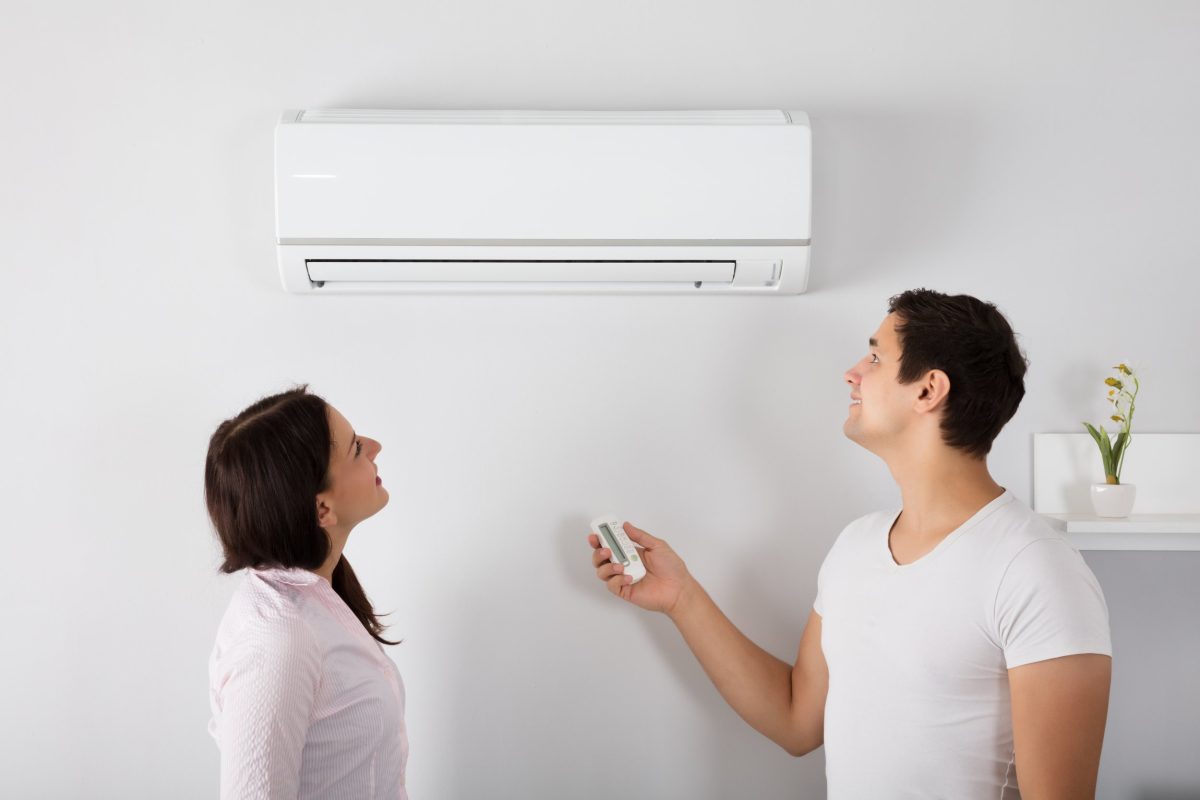Science
Why Office Air Conditioning Discomfort Divides Genders

As the summer of 2025 heats up, a familiar issue has re-emerged in offices across the UK: the debate over air conditioning temperatures. While both men and women work side by side, their preferences for comfortable temperatures often clash. Men typically favor cooler environments, which can leave their female colleagues feeling uncomfortably cold, especially during warmer months.
This phenomenon is influenced by a combination of biological and social factors. According to Dr. Boris Kingma, a thermal physiologist from the Netherlands Organisation for Applied Scientific Research, body composition plays a crucial role. Women generally have less muscle mass compared to men, which affects how heat is generated and retained. Muscle tissue is a significant contributor to body heat, and since women tend to have a smaller body size and less muscle, they require higher temperatures to feel comfortable.
Dr. Kingma explains, “The difference between men and women is mainly due to body size and body composition. A gram of muscle from a man has the same metabolic rate as a gram from a woman. But men have more muscle.” This difference in muscle mass means that women can lose heat more quickly, leading to a preference for slightly warmer environments.
Additionally, the surface area-to-volume ratio contributes to heat loss. Smaller individuals, like many women, tend to lose heat more rapidly through their skin. “It’s a double whammy,” Dr. Kingma notes, highlighting how women are at a biological disadvantage when it comes to temperature regulation in cold office settings.
Fashion Choices and Temperature Preferences
Another factor affecting women in the workplace is the clothing typically worn in office environments. Dr. Matt Maley, a physiologist at Loughborough University, points out that women often wear lighter, more revealing clothing during the summer months. Outfits such as strappy tops and dresses can leave women more susceptible to feeling cold, especially when the office thermostat is set to a brisk 19°C.
The contrast between office attire for men and women further complicates this issue. Traditionally, office clothing has been designed with men in mind, reflecting the standard “clo unit” measurement based on men wearing formal suits. This design bias means that women’s clothing may not provide adequate warmth in cooler office environments.
As office culture evolves, some men are beginning to adopt more casual styles, such as short-sleeved shirts and even shorts. This shift in fashion could potentially influence thermostat settings, as men who are more comfortable exposing skin may push for slightly warmer temperatures.
Finding a Balance
The ongoing air conditioning conflict highlights the broader issue of gender differences in workplace comfort. With limited control over office climates, individuals often find themselves at odds over temperature preferences. The implications of this divide extend beyond mere comfort, affecting productivity and overall job satisfaction.
To address these concerns, workplaces may need to rethink their approach to air conditioning settings. Implementing strategies such as adjustable thermostats or personal heating devices could provide a solution that accommodates the diverse needs of all employees.
As the summer continues, fostering understanding and collaboration among colleagues will be essential in creating a comfortable working environment for everyone. The air conditioning wars may persist, but recognizing the underlying factors can help bridge the gap between differing preferences.
-

 Health3 months ago
Health3 months agoNeurologist Warns Excessive Use of Supplements Can Harm Brain
-

 Health3 months ago
Health3 months agoFiona Phillips’ Husband Shares Heartfelt Update on Her Alzheimer’s Journey
-

 Science2 months ago
Science2 months agoBrian Cox Addresses Claims of Alien Probe in 3I/ATLAS Discovery
-

 Science2 months ago
Science2 months agoNASA Investigates Unusual Comet 3I/ATLAS; New Findings Emerge
-

 Science1 month ago
Science1 month agoScientists Examine 3I/ATLAS: Alien Artifact or Cosmic Oddity?
-

 Entertainment5 months ago
Entertainment5 months agoKerry Katona Discusses Future Baby Plans and Brian McFadden’s Wedding
-

 Science1 month ago
Science1 month agoNASA Investigates Speedy Object 3I/ATLAS, Sparking Speculation
-

 Entertainment4 months ago
Entertainment4 months agoEmmerdale Faces Tension as Dylan and April’s Lives Hang in the Balance
-

 World3 months ago
World3 months agoCole Palmer’s Cryptic Message to Kobbie Mainoo Following Loan Talks
-

 Science1 month ago
Science1 month agoNASA Scientists Explore Origins of 3I/ATLAS, a Fast-Moving Visitor
-

 Entertainment2 months ago
Entertainment2 months agoLewis Cope Addresses Accusations of Dance Training Advantage
-

 Entertainment3 months ago
Entertainment3 months agoMajor Cast Changes at Coronation Street: Exits and Returns in 2025









